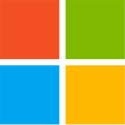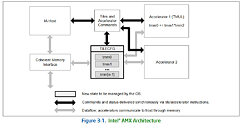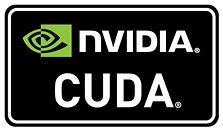Microchip Technology Releases MPLAB PICkit Basic Debugger
To make its robust programming and debugging capabilities accessible to a wider range of engineers, Microchip Technology has launched the MPLAB PICkit Basic in-circuit debugger as a cost-effective, powerful solution for engineers at various levels. Unlike other complex and expensive debuggers, this budget-friendly device offers high-speed USB 2.0 connectivity, CMSIS-DAP support, compatibility with various Integrated Development Environments (IDEs) and compatibility with a broad range of microcontrollers. The tool's versatility allows developers to use the debugger across various projects and platforms—including VS Code ecosystems—to simplify the workflow and reduce the need for multiple tools.
Key features:
Key features:
- USB Type-C Cable: The MPLAB PICkit Basic programmer debugger uses a USB Type-C cable, which is modern, widely adopted and easy to use. The USB-C connection helps promote better connectivity, faster data transfer and a more reliable connection, reducing the hassle of dealing with outdated or incompatible cables.















